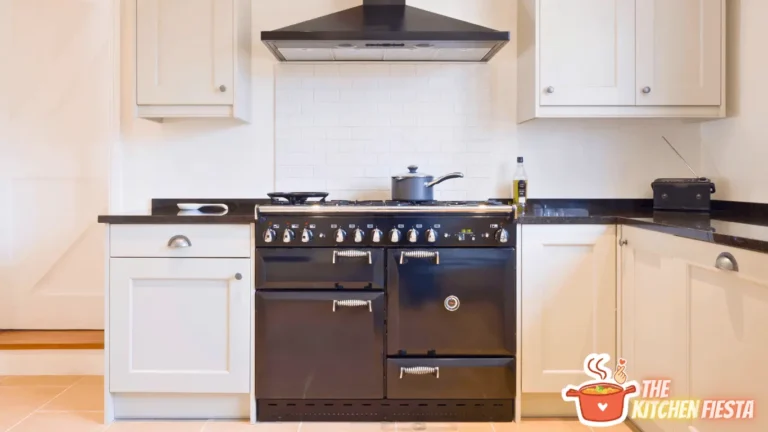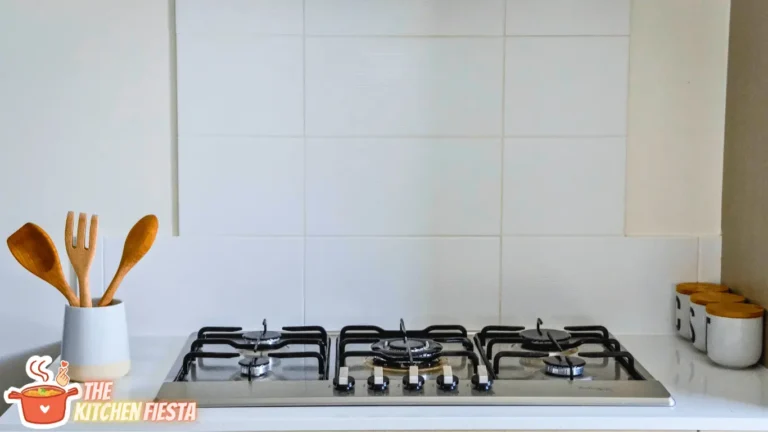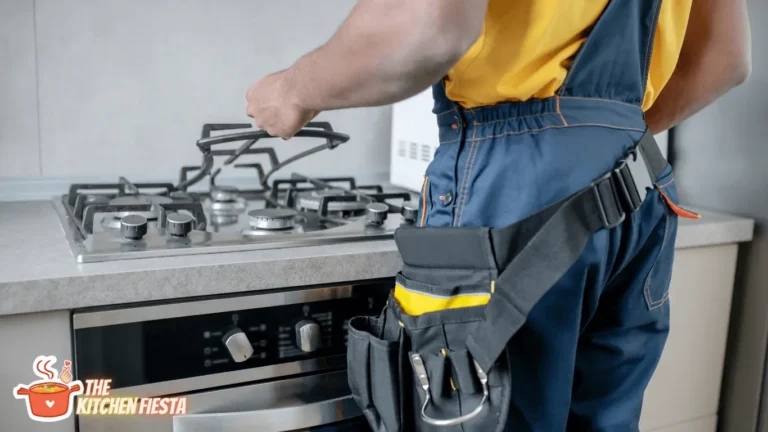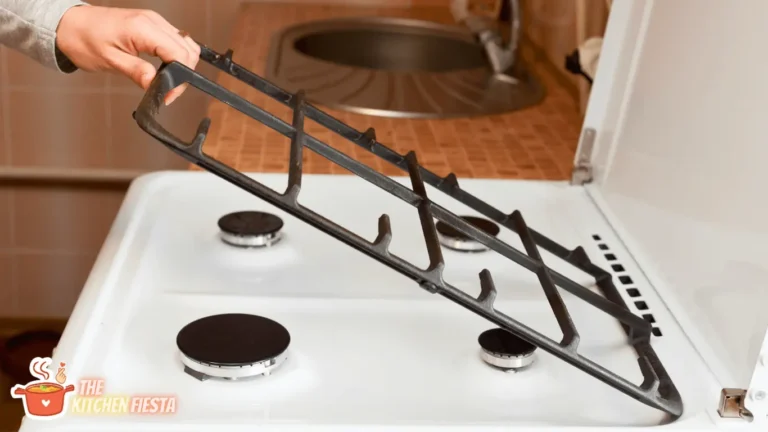Stove Next to Fridge: Pros and Cons of This Kitchen Layout
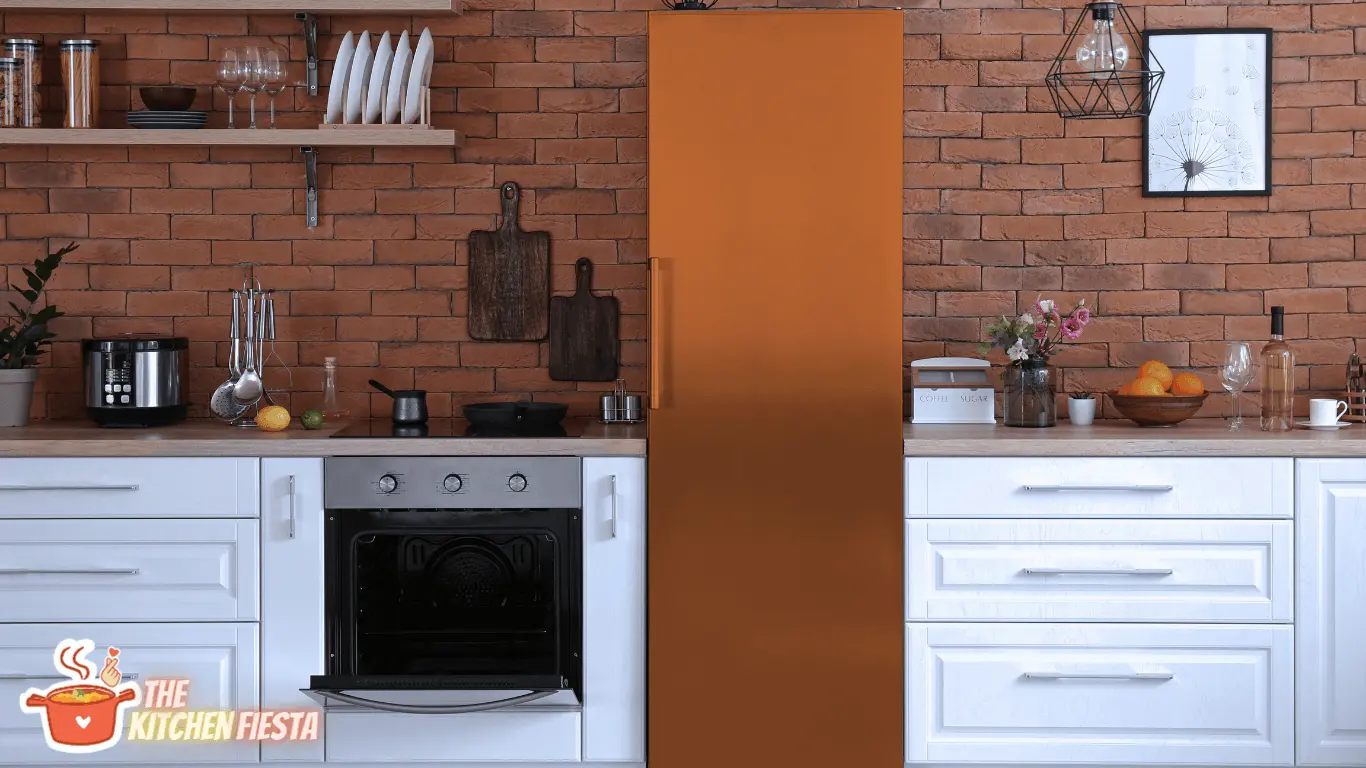
When designing a kitchen, one of the most important considerations is the placement of appliances. Two of the most essential appliances in a kitchen are the stove and the refrigerator. However, placing these two appliances next to each other can be tricky. You should know the potential risks and hazards of placing a stove next to fridge.
It is safe to place a stove next to a fridge. However, it is not advisable as the heat generated by the stove can interfere with the coolness of the fridge. Leave some clearance between the two appliances, or consider reconfiguring the kitchen layout.
On the other hand, placing a fridge too close to a stove can make it difficult for the fridge to maintain a consistent temperature, which can lead to food spoilage.
Safety Considerations
Safety should be a top priority when installing a stove next to a fridge. Here are some important safety considerations to keep in mind:
Fire Hazard
Fire risk is one of the biggest safety concerns when placing a stove next to a fridge. This risk is especially high when using a gas stove, as the flames can easily ignite nearby combustible materials.
To minimize the fire risk, maintain a safe distance between the stove and the fridge. The National Fire Protection Association recommends a minimum clearance of 36 inches between the stove and the fridge.
Keep flammable materials such as curtains, towels, and paper products away from the stove and fridge. Make sure to clean up any spills or grease immediately to prevent them from catching fire.
Ventilation
Proper ventilation is essential when installing a stove next to a fridge. Without adequate ventilation, heat and moisture can build up, damaging the fridge and creating an uncomfortable cooking environment.
Ensure the stove has a range hood or exhaust fan that vents outside for proper ventilation. The range hood should be installed 24-30 inches above the stove and at least as wide as the stove.
Your fridge should have enough space around it to allow for proper airflow. Keep the back of the fridge at least 2 inches from the wall, and ensure there is enough space above and around the fridge for air to circulate.
Following these safety considerations can minimize the fire risk and ensure that our stove and fridge work together safely and efficiently.
Space Planning
When designing a kitchen, it is essential to consider the placement of appliances, especially the stove and refrigerator. Proper space planning ensures that these appliances are functional and safe to use. In this section, we will discuss the key factors to consider when planning the space for a stove next to a fridge.
Appliance Placement
There are a few things to keep in mind. First, two appliances should not be touching. The fridge should be at least one inch away from the stove to prevent any heat transfer that could damage the fridge.
Consider the size of the appliances and the overall layout of the kitchen. The stove should be placed on the side of the fridge, not directly behind it, to allow for easy access to both appliances. This placement also ensures that the fridge door can open fully without hitting the stove.
According to experts, there should be a gap of at least 15-20 inches between the two appliances. This helps to ensure that the heat from the stove does not affect the fridge’s performance.
Clearances
Clearances are the amount of space required between the stove and other objects or appliances. These clearances are important for safety and functionality. The National Kitchen and Bath Association (NKBA) provides guidelines for the minimum clearances required for stoves next to fridges:
- Refrigerator landing area: 15 inches on the handle side of the fridge
- Cooking surface landing area: 12 inches on one side and 15 inches on the other side, minimum
- Oven landing area: 15 inches adjacent to or above the oven
It’s important to note that these are minimum clearances, and more space may be required based on the specific appliances being used. Always check the manufacturer’s instructions for recommended clearances.
Codes
In addition to the NKBA guidelines, local building codes may dictate the placement of appliances in a kitchen. These codes are in place to ensure the safety of the occupants of the home. It’s important to check with local authorities to ensure compliance with all applicable codes.
Proper space planning is crucial when placing a stove next to a fridge. Consider the placement of the appliances, clearances required, and any local codes that may apply. By following these guidelines, you can ensure that your kitchen is functional and safe.
Design Considerations
For kitchen design, there are many factors to consider when deciding where to place your stove and fridge.
Aesthetics
The placement of your stove and fridge can significantly impact the overall look and feel of your kitchen. Here are some design considerations to keep in mind:
- Symmetry: Placing the stove and fridge on opposite sides of the kitchen can create a balanced, symmetrical look.
- Color: Matching the color of your stove and fridge can create a cohesive look. Alternatively, choosing contrasting colors can add visual interest to your kitchen.
- Materials: Consider using the same or complementary materials for your stove and fridge, such as stainless steel or matte black finishes.
- Visibility: If you have a beautiful fridge or stove, consider placing it in a prominent location where it can be seen and appreciated.
Functionality
While aesthetics are important, functionality should be the primary consideration when deciding where to place your stove and fridge. Here are some functional considerations to keep in mind:
- The Kitchen Work Triangle: The kitchen work triangle is a design concept that recommends placing the sink, fridge, and stove in a triangular fashion. This layout can optimize traffic flow in your kitchen and make it easier to move between different work areas.
- Ventilation: Ensure your stove is properly ventilated to prevent smoke and odors from spreading throughout your kitchen.
- Safety: Placing your stove next to your fridge can pose some safety risks. Ensure there is enough space between the two appliances to prevent heat from the stove from affecting the fridge’s temperature. Consider installing a screen or partition to protect against splashes and heat.
- Accessibility: Your stove and fridge are easily accessible from your prep and cooking areas. Additionally, ensure there is enough counter space around your stove for food preparation and cooking.
Maintenance and Cleaning
Maintaining and cleaning your stove and fridge when placed next to each other is crucial to ensure their longevity and proper functioning. Here are some tips to keep your appliances clean and in good condition:
- Regular cleaning: It’s important to clean your stove and fridge regularly to prevent dirt, dust, and food particles from accumulating on them. Use a soft cloth and mild detergent to clean the exterior and interior of your appliances. Avoid using abrasive cleaners that can scratch the surfaces.
- Ventilation: Proper ventilation is essential to prevent heat buildup between the stove and fridge. Ensure enough space between the appliances allows air to circulate freely. Additionally, keep the sides of the fridge clear to maintain a steady temperature around the perimeter of your fridge.
- Cleaning under the appliances: Dirt and debris can accumulate under your stove and fridge, affecting their performance. To clean under your appliances, use a vacuum cleaner with a crevice tool to reach tight spaces. If you have a stove with a drawer underneath, pull it out to get at the floor underneath. Fridges also have plates covering their motors, so remove those first to vacuum the dust-out.
- Protective mats: Placing protective mats between your stove and fridge can help prevent scratches and dents on the appliances. You can use rubber or silicone mats that are heat-resistant and easy to clean. Cut the mats to cover the entire fridge to keep the heat away.
- Inspecting the cords and plugs: The cords and plugs of your stove and fridge are in good condition. Check for any signs of damage or wear and tear, such as frayed wires or loose connections. If you notice any issues, contact a professional to repair or replace the cords and plugs.
Gas stoves emit gases that can make it harder for your refrigerator to keep food cold. Therefore, it’s not recommended to put a gas range in the same space as a fridge.
FAQs: Stove Next to Fridge
Can I Put A Microwave Between The Stove And Fridge?
It’s not recommended to put a microwave between the stove and fridge, as it can generate heat and interfere with the performance of both appliances. It can create a safety hazard if the microwave is too close to the stove. If you must place a microwave in this area, ensure it is at least 15 inches away from the stove and 9 inches from the fridge.
Can I Put A Toaster Oven Next To The Fridge?
Yes, you can put a toaster oven next to the fridge, but make sure there is enough space between the two appliances to prevent heat transfer. Having at least 3 inches of space between the two appliances is recommended. Ensure the toaster oven is not placed directly under a cabinet or shelf, as it can generate heat and cause damage.
Can I Put A Dishwasher Next To The Stove And Fridge?
Yes, you can put a dishwasher next to the stove and fridge, but ensure enough space between the appliances to prevent heat transfer and interference. It’s recommended to have at least 3 inches of space between the dishwasher and the stove and at least 1 inch between the dishwasher and the fridge.
Can I Put A Wine Fridge Next To The Stove?
It’s not recommended to put a wine fridge next to the stove, as the heat generated by the stove can interfere with the performance of the wine fridge and affect the quality of the wine. If you must place a wine fridge in this area, make sure it is at least 15 inches away from the stove and 9 inches away from the fridge.
Can I Put A Range Hood Next To The Fridge?
Yes, you can put a range hood next to the fridge, but there should be enough space between the two appliances to prevent interference. It’s recommended to have at least 9 inches of space between the range hood and the fridge. The range hood is installed properly and securely to prevent accidents or damage.

